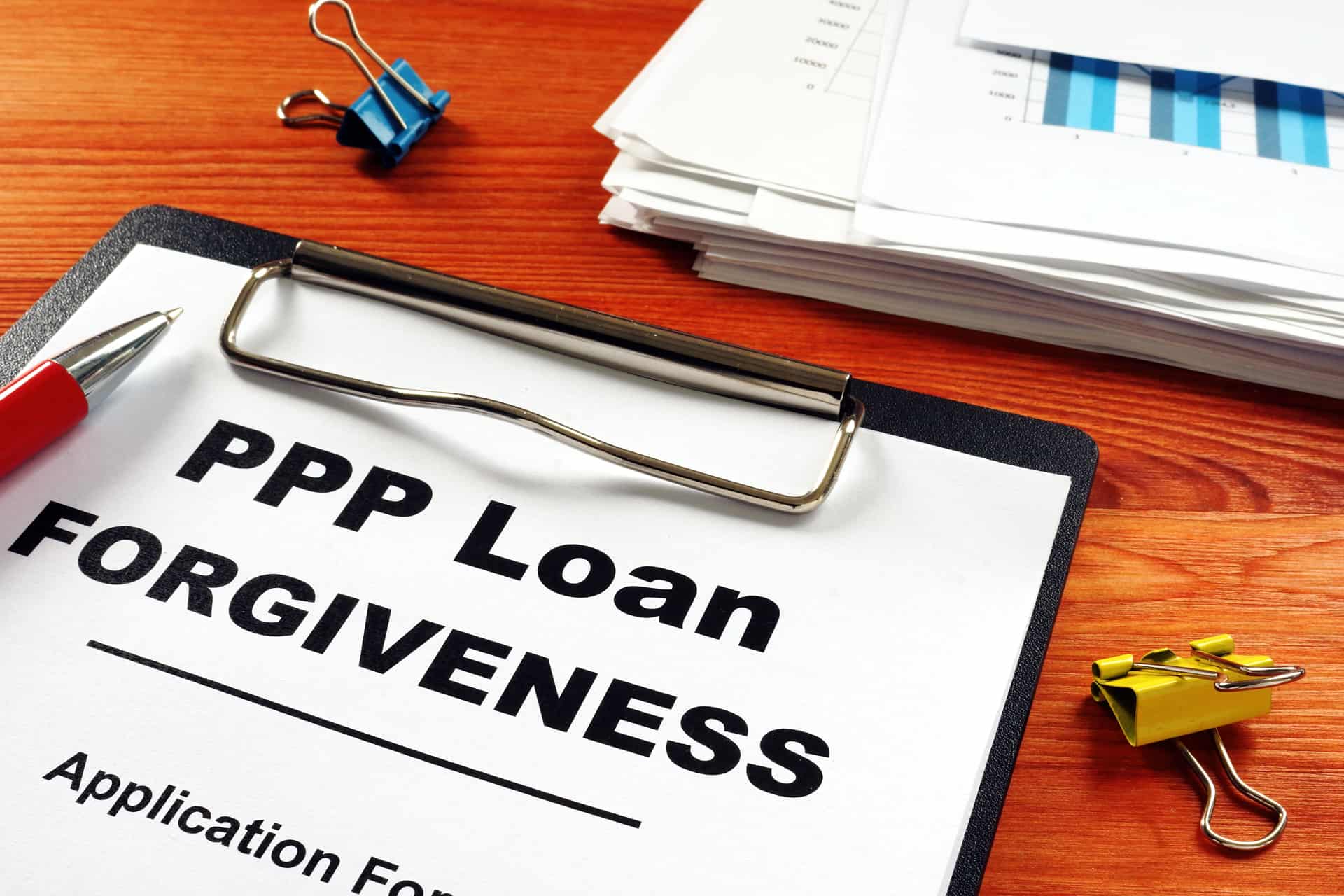
Last updated on October 19th, 2020
After hearing concerns from small business owners across the country about the restrictions of the PPP, lawmakers passed a bipartisan bill called the Paycheck Protection Program Flexibility Act of 2020 to make the PPP easier to use and get forgiven. Still, a lot of confusion remains surrounding the terms of PPP loans. We will focus on SBA question 49 of SBA’s FAQ list to get to the root of what to do:
Question: What is the maturity date of a PPP loan?
New PPP loans approved on or after June 5th automatically have a loan length of five years. The PPP loan program is widely recognized for its forgivable nature if used for payroll, rent and utilities. Still, for a significant portion of borrowers, not all of the loan will be forgiven. The unforgiven portion will be converted to an SBA loan at a rate of 1%.
If a PPP loan received an SBA loan number before June 5, 2020, the loan has a two-year maturity. Existing loans can have their length extended from two years to five years, if the borrower and lender mutually agree to it. But what exactly does that mean for business owners who fall in this category, and how does one go about extending their existing loan?
The answer as it turns out, is not quite as clear-cut as you would hope. Lenders nationwide from longtime trusted local credit unions, to big bank chains are currently waiting on government rulings to learn how to proceed. There have been talks of complete blanket loan forgiveness roll-outs for any business owner who received up to $150,000 in PPP loans, but no concrete decisions have been made just yet. Lenders, like the majority of financial heavyweights, are taking a wait-and-see approach for upcoming changes to PPP terms as well as the forgiveness applications that are starting to roll in.
Even before the Covid-19 crisis, small business owners have long known the challenge of getting access to cheap capital. Extending two-year loans to five-year loans could be a helpful business strategy for businesses facing continued COVID-19 induced problems as we approach the tail end of 2020 and head into 2021.
To illustrate the appeal of extending a PPP loan, consider the following scenario. A small business applied for and received a $200,000 PPP loan. By using the loan primarily for payroll, utilities and rent, the business owner was able to have 75% of the loan forgiven, leaving $50,000 to be paid back to the SBA.
At 1%, a two-year loan of $50,000 results in a monthly payment to the SBA of $2,105. The same loan over a five-year period is $855 a month.
For many small businesses, $1,250 a month can make a big savings difference. This crisis has shed light on how many small businesses operate on a small margin, so choosing the longer loan period can create better options for a sustainable business structure.
As lenders wait for further clarification from the SBA, many recommend business owners to be in regular communication with their lenders for important policy changes or updates. Depending on the bank you are working with, the likely scenario is that once you give them a call, the representative will refer you to your bank’s Business Banking Team to review your unique circumstance with a Loan Specialist. If your PPP loan falls in the two-year loan length category, the team may help you to complete reauthorization forms so your lender can approve the loan extension. Currently, there truly is no one-size-fits-all answer that can cover businesses across industries, which is what makes this issue all the more complex.
While some questions remain unanswered, it is important to do everything in your power to protect your business against future vulnerabilities and to stay vigilant to the challenges that lie ahead. The entire professional staff at RBT remains committed to helping our clients navigate these challenging times. If you have any questions, or would just like to talk about the financial future of your business, we are here for you. Please do not hesitate to reach out and connect to one of our team members.
